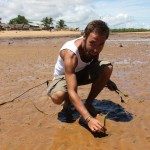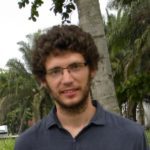Most landscape cover assessments for conservation programmes rely largely on remote sensing analyses. These analyses, however, neglect how people inhabiting protected zones perceive and structure land cover. Using socio‐ecological systems (SES) analysis in a forest‐savannah mosaic on the Congo Basin forest edge (Democratic Republic of Congo), we investigated how human practices, landscape perceptions and land use patterns affected forest cover. We conducted remote sensing analysis using a Sentinel‐2 satellite image and 187 GPS landmarks, producing a land cover map with 11 classes. Our results yielded an 81.85% correspondence with additional 164 GPS landmarks, a robust score in tropical areas. We conducted 40 individual interviews, eighteen focus group discussion workshops and nine months of participant observation of human practices to identify 19 land units and elaborate a granular SES system structuring the landscape. Integrating local knowledge and practices with general ecological and agronomic processes, we developed a landscape dynamics model revealing progressive forest colonisation of savannahs. Our methods demonstrate that a forest‐edge landscape cover evaluation through remote sensing and local knowledge can contribute to finer‐grained assessment of land cover and ecosystem services. This assessment can assist conservation efforts by considering local populations’ practices on and perceptions of landscape change.
© Recherche
Publication : African Journal of Ecology




